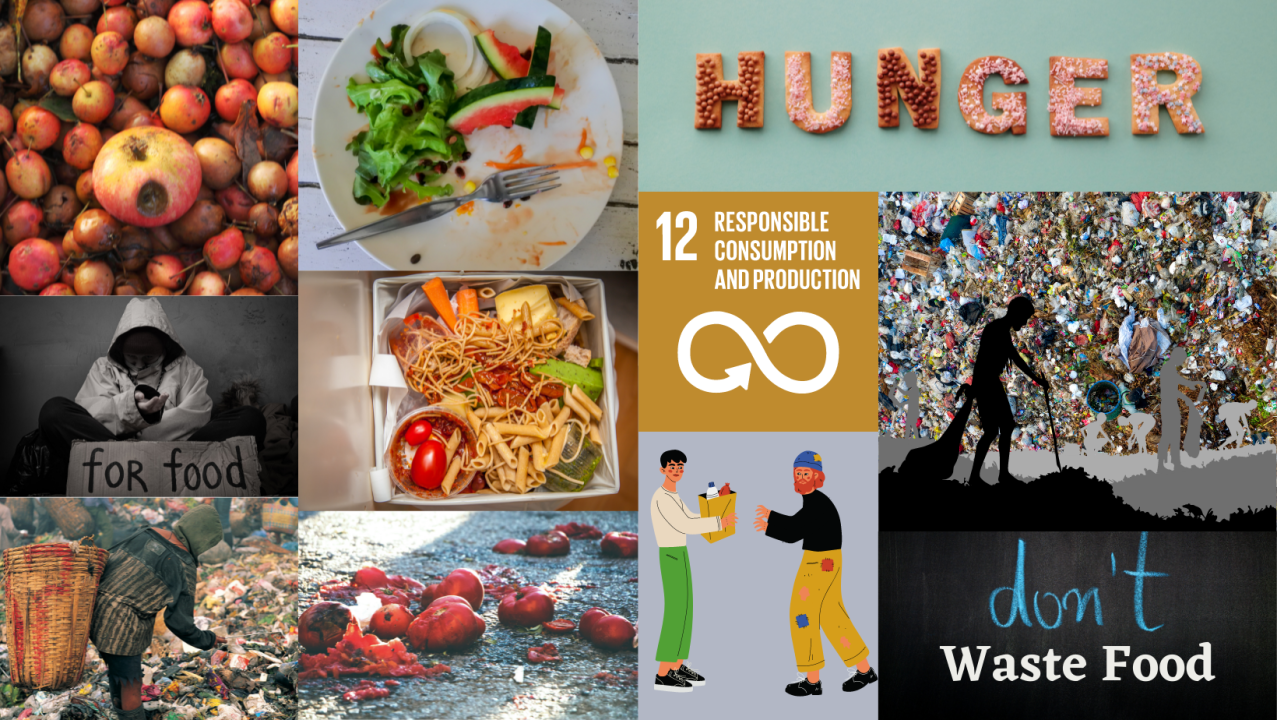Wastage of Food and Global Hunger

Save Food and Hunger
1 in 7 people in the world sleep empty stomach, whereas the other 6 overfill their trash-bins with food.
Global hunger does not stem from lack of food. It is the absence of an accessibility connector. The world produces enough to feed every hungry soul worldwide. But unfortunately, one-third of all the food produced each year, approximately 1.3 billion tons of food, simply dissipates into the landfills.
Wastage of food occurs throughout the supply chain. From harvesting, or production to processing to distribution to the final consumer, i.e., from farm to fork. At each step, we get further away from solving world hunger.
Wastage of food that happens at the production and processing stages is specifically referred to as food loss while food waste is more related to food loss during retail and consumption. It has been observed that in developing countries most food wastage occurs at the production and processing stage while in developed countries the consumption stage encounters maximum food waste.
Industrialized countries in North America, Europe and Asia collectively waste 222 million tons of food each year. In contrast, countries in sub-Saharan Africa produce 230 million tons of food each year. That means sub-Saharan Africa’s food output is practically equal to the amount of food wasted by the world’s richest countries.
Food loss can be reduced by innovating and adapting better machinery or skills during the production and processing stages. Post-harvest food losses often occur because of poor storage equipment. Fixing that problem would not only save perfectly consumable food but also economize other resources that are exploited for production of food, like water.
The amount of water used to produce food that ends up wasted could fill Lake Geneva three times. 28 per cent of the world’s arable land that produces food ends up in a trash bin rather than a hungry stomach.
Food waste can be associated with a lack of respect that the affluent have for food. Ironically the wealthy fail to realize that 925 million people are undernourished worldwide. Attentiveness and regard while purchasing, cooking, and consuming would reduce food wastage substantially.
Adapting the 3R’s of food waste (Reduce, Rescue and Redistribute) can channel perfectly consumable food towards someone in need rather than a trash bin.
In the language of money, approximately $1 trillion worth of food is lost or wasted every year. Reversing this trend would preserve enough food to feed 2 billion people. That is more than twice the number of undernourished people across the globe.
Sadly, the myriad of people who are involved intensely in the production process of food are somehow commonly deprived of adequate income and food security. The hungry and undernourished population are often trapped in a cycle of poverty and ill-health for eternity.
Food and nutrition are the most fundamental right of humans and yet we, as a society have failed to provide that basic need for survival to around a billion people across the globe. Reducing food wastage is a significant preliminary step towards combating world hunger and improving people's nutritional state. Sustainable Development Goal 12 is dedicated to ensuring cutting food waste in half by 2030.
Flocard contributes to all 17 SDGs laid down by the UNDP. FloCard in its basic format is a digital business card. Apart from naturally saving trees its strategic and judicious afforestation agenda will provide food security to millions. Make your FloCard today and become a part of a vision of a better more secure future!
